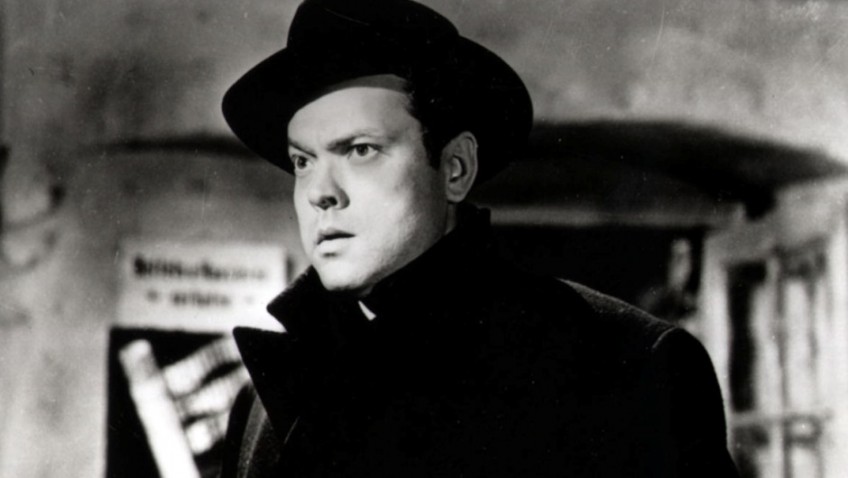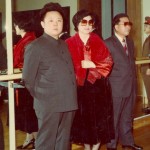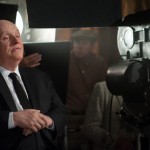The centenary of the birth of Orson Welles (1915-1985) is being marked by the release of two iconic films, each of which has been meticulously restored and recorded onto sharp new prints.
Entertaining, riveting and beautifully made, both The Third Man and A Touch of Evil are ‘essential viewing’.
Studio Canal have re-leased Carol Reed’s celebrated 1949 classic, The Third Man famously set in bombed-out, politically-divided post-War Vienna. The film stars Joseph Cotton as Holly Martin, a famous American pulp fiction novelist who arrives in Vienna at the invitation of his former mate: the mysterious Harry Lime (Welles).
In the context of an Orson Welles’ season at the BFI London, the BFI are re-releasing the dark, seedy thriller 1958 A Touch of Evil in selected cinemas nationwide.
Welles’ last Hollywood feature as director, A Touch of Evil is set in a Mexican border town where a corrupt, veteran cop (Welles) comes into conflict with Charlton Heston’s idealistic, by-the-book Mexican police detective and his wife (Janet Leigh).
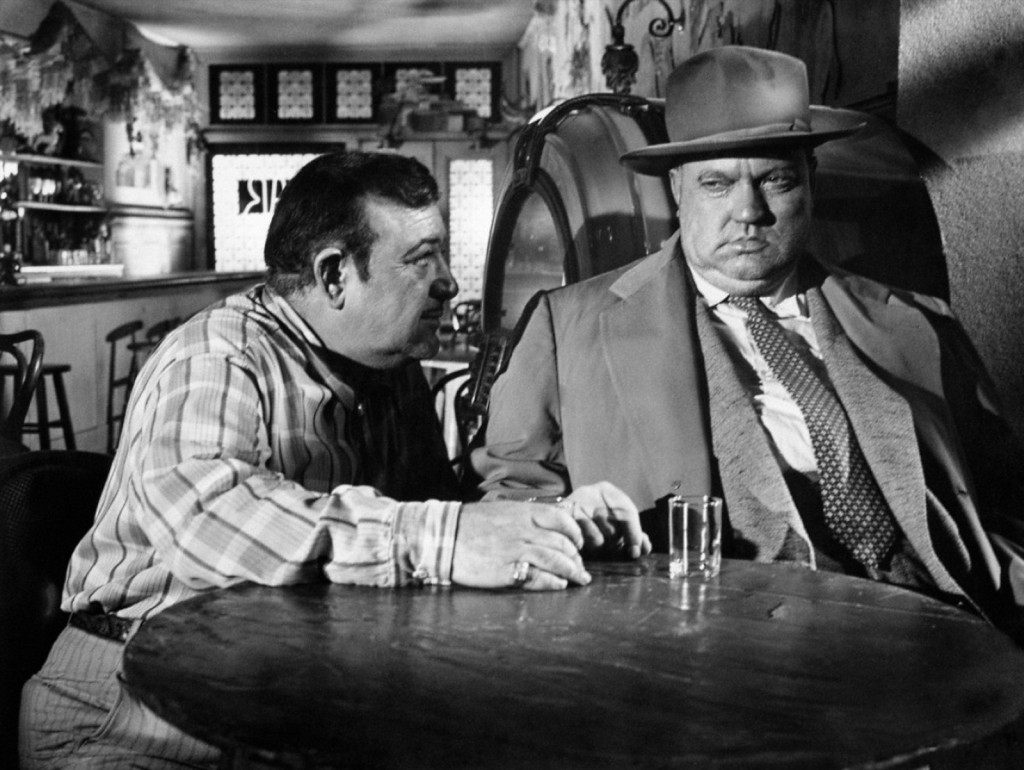 What you might remember more than anything else from The Third Man is the atmosphere, thick with intrigue and the incredible setting of bombed-out, shadowy post-War Vienna. You will recall parts of Graham Greene’s unsentimental, hallucinatory script full of enigmatic and sleazy characters.
What you might remember more than anything else from The Third Man is the atmosphere, thick with intrigue and the incredible setting of bombed-out, shadowy post-War Vienna. You will recall parts of Graham Greene’s unsentimental, hallucinatory script full of enigmatic and sleazy characters.
A stranger in a strange land, Holly Martin (Cotton) is further disorientated when he learns that he has arrived in time for Lime’s (Welles’) funeral. Determined to investigate what really happened to his friend, and suspecting foul play, Martin becomes entangled in a complex web of intrigue that includes the military (Trevor Howard); the police (Bernard Lee); decadent and shady characters from Harry’s underworld; and Harry’s beautiful ex-lover, Anna (Alida Valli).
If you do not remember the plot, or even Harry Lime’s escape through the sewers, you will remember Robert Krasker’s complementary cinematography, inspired by German Expressionism, with slanted framing, oblique angles, and more shadows than a Dracula movie.
You might just about remember, too, the score, by a local musician, Anton Karas, playing the 40-string ‘Zither’ instrument that he started playing age 12, after finding it in his grandmother’s attic. The sound is at once jarring, jaunty, atonal and as unsettlingly as the script and the cinematography.
If you have not seen Welles’ film noir masterpiece, A Touch of Evil since 1998, when Oscar winning film editor and sound designer Walter Murch took charge of re-editing it, you must take advantage of a pristine new print.
The film has a sad history, because Welles turned what Universal Studios, thought was a B-movie into a minor masterpiece, so innovative that the studio feared the audience would not get it. Welles was a risk for any studio, having just returned from a long stint in Europe with his maverick reputation in tact.
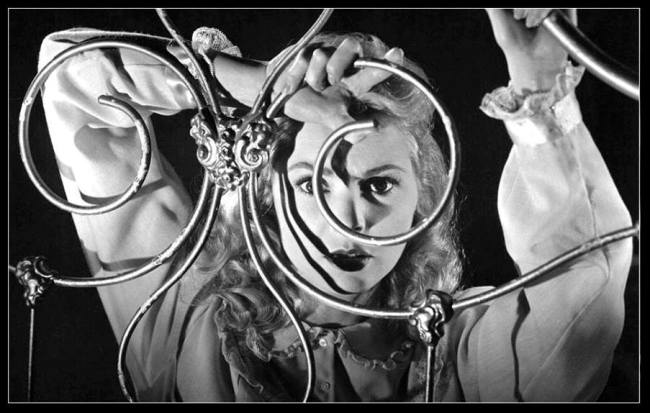 But, as the story goes, he wanted to show the world that he could turn one of the worst scripts offered to him by producer Albert Zugsmith, a Badge of Evil (based on a novel) into a great movie. And he did.
But, as the story goes, he wanted to show the world that he could turn one of the worst scripts offered to him by producer Albert Zugsmith, a Badge of Evil (based on a novel) into a great movie. And he did.
Delivered on time and on budget with a brief appearance from Zsa Zsa Gabor and surprise cameos from Marlene Dietrich and Joseph Cotton, this was the film to get Welles’ Hollywood career back on track. But he was too ahead of his time. The studio re-edited and even re-shot key scenes, altering Welles’ vision.
In 1998, Walter Murch (who won Oscars for editing and sound mixing on The English Patient and an Oscar for Sound Design on Apocalypse Now), Rick Schmidlin and consultant Jonathan Rosenbaum embarked on a major re-edit, based on written notes Welles had left for the Studio.
They removed the studio-imposed titles from the 3-minute-20 second opening tracking shot of a moving car in which a bomb has been placed, a move that focused the audience on the drama from the outset, as in today’s thrillers. They also replaced Henry Mancini’s title music with a combination rock and Latin jazz, to reflect the lively, local environment, again, dropping the audience into the scene.
Ok, so the Mexicans are stereotyped as the bad guys, and Charlton Heston – of all people – plays the one idealistic, good Mexican cop. Ok, too, that Heston was downright silly to leave his wife alone in a secluded motel on either side of the border.
But no one can watch this film today without suspecting that, from the opening tracking shot to Dennis Weaver’s twitchy Mirador Motel night man and Janet Leigh’s terrified lone customer, A Touch of Evil inspired Hitchcock’s 1960 thriller Psycho. Unlike Universal Studios, Hitchcock knew a great film when he saw one.
by Joyce Glasser, Mature Times film reviewer

